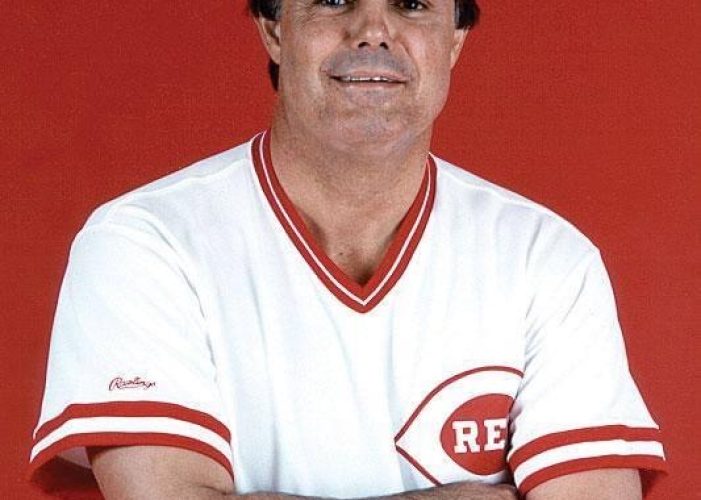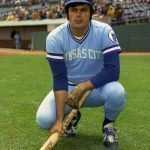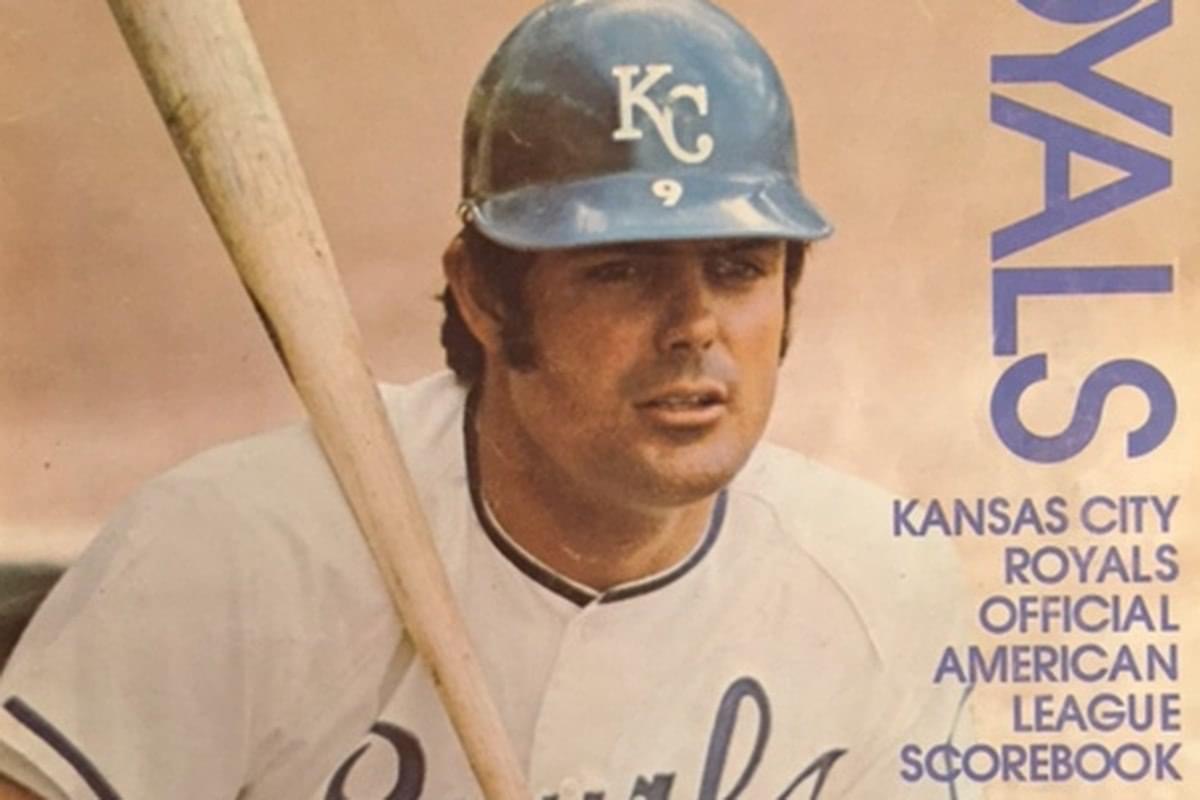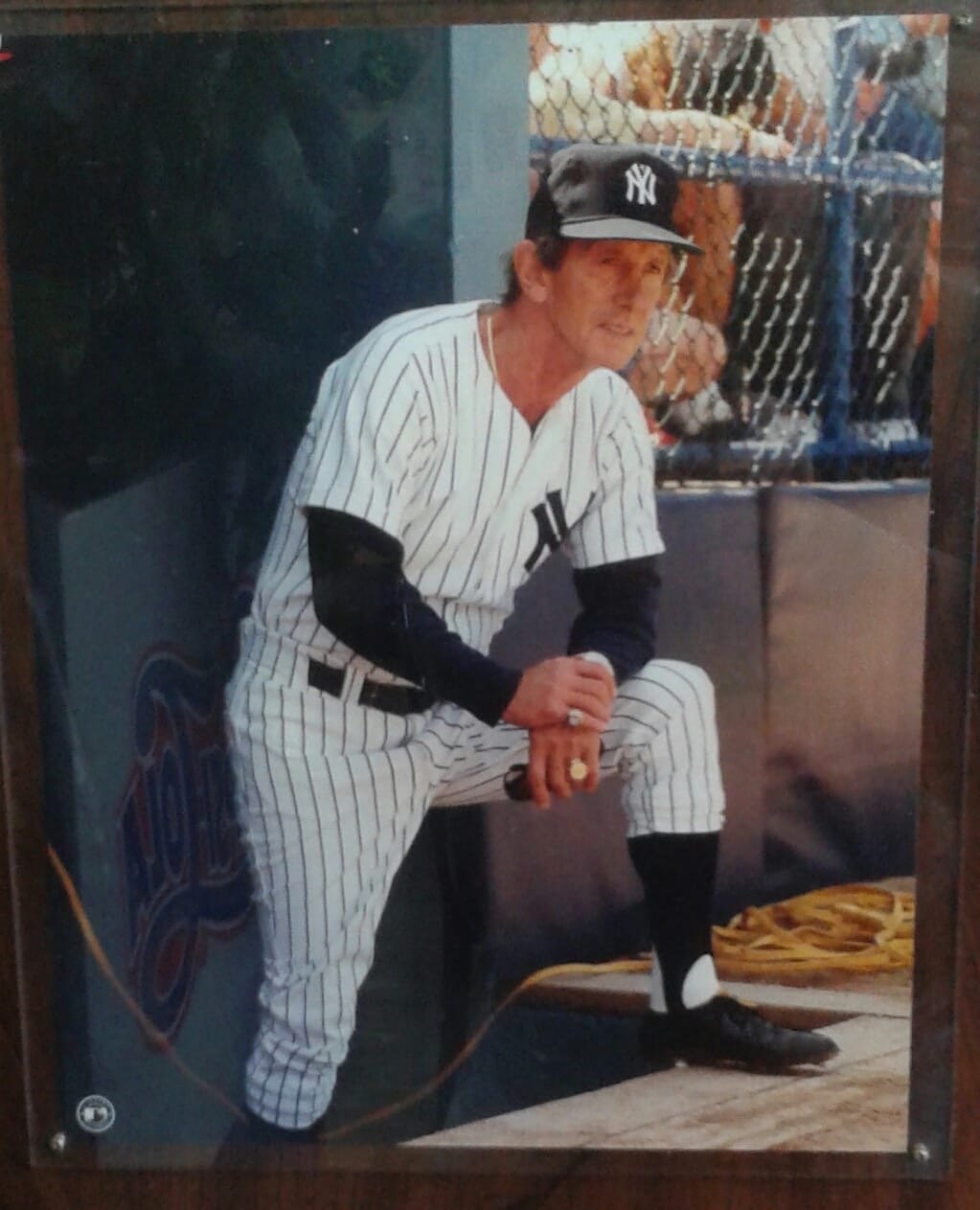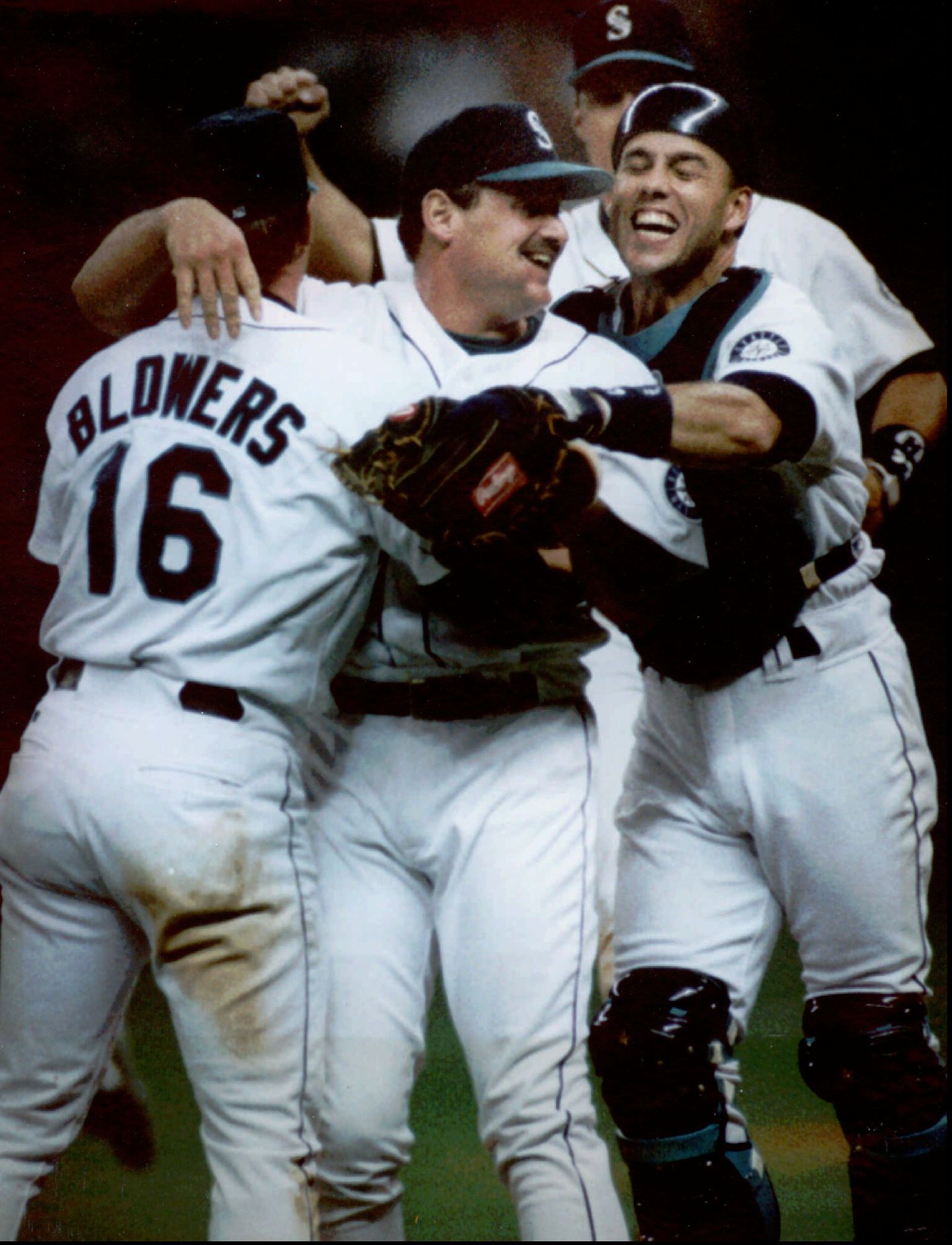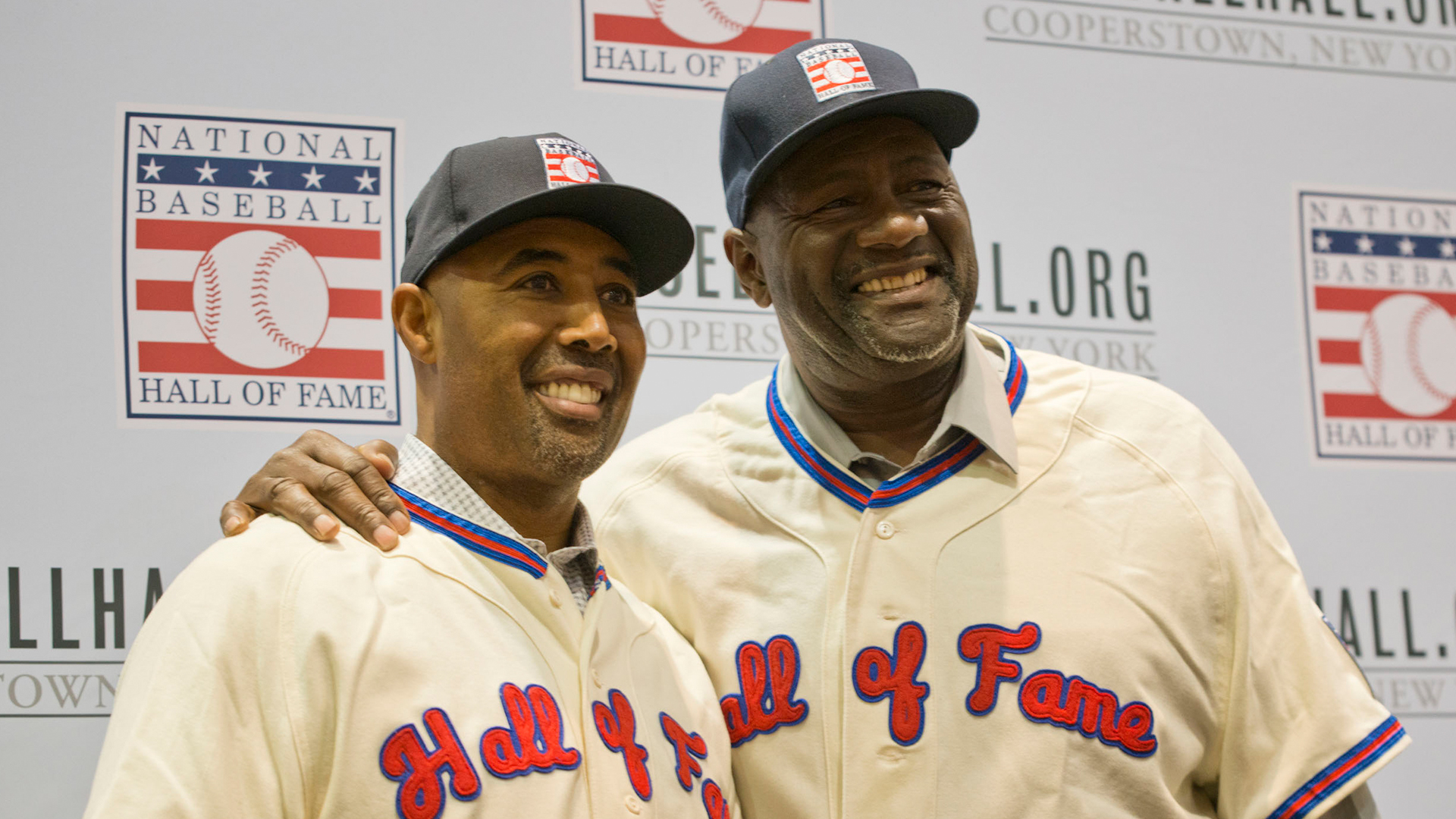Lou Piniella
Positions: Outfield/Manager
Bats: R Throws: R
Height: 6′ Weight: 182
Born: Saturday, August 28, 1943 in Tampa, FL USA
Debut: 9/4/1964
Last Game: 6/16/1984
Full Name: Louis Victor Piniella
Notable Events and Chronology for his Career
Lou Piniella
During a 49-year career in professional baseball that included time as a player, manager, general manager, scout, and broadcaster, Lou Piniella displayed a fire and passion for the game that made him extremely popular with fans of the sport everywhere. Whether gathering in fly balls in workmanlike fashion, stroking solid line drives into the outfield gaps, or managing his team from the dugout, Piniella performed all tasks equally well, garnering much of the attention he received from the vehement manner with which he expressed his anger towards umpires.
Born in Tampa, Florida on August 28, 1943 of Asturian Spanish descent, Louis Victor Piniella attended Jesuit High School of Tampa, where he earned All-American honors in basketball. After subsequently enrolling at the University of Tampa, he similarly became an All-American in baseball. While still in college, Piniella was signed by the Cleveland Indians as an amateur free agent on June 9, 1962. After being drafted from the Indians by the Washington Senators the following year, Piniella moved on to the Baltimore Orioles organization in August of 1964. He finally made his major league debut with the Orioles later that year, appearing in four games and coming to the plate just once. Piniella then spent the entire 1965 season in the minors, before being reacquired by Cleveland in March of 1966. Piniella continued to toil at the minor-league level for three more years until he got his big break in October of 1968, when the Seattle Pilots selected him in the expansion draft. Prior to the start of the 1969 season, though, Seattle dealt him to the expansion Kansas City Royals.
With seven years of minor league experience on his resume, Piniella was already 25 years old by the time he joined the Royals at the start of the 1969 campaign. Piniella clearly demonstrated that he belonged in the major leagues in his first full season, hitting 11 home runs, knocking in 68 runs, and batting .282, en route to earning American League Rookie of the Year honors. He followed that up by hitting another 11 homers in 1970, driving in a career-high 88 runs, and posting a .301 batting average. After a somewhat less-productive year in 1971, Piniella had perhaps his finest all-around year in Kansas City in 1972, hitting 11 homers, driving in 72 runs, finishing second in the league with 179 hits and a .312 batting average, and leading the A.L. with 33 doubles. In so doing, Piniella made the All-Star Team for the only time in his career. However, after his average slipped to .250 the following year, Kansas City traded him to the New York Yankees for veteran relief pitcher Lindy McDaniel.
Piniella paid immediate dividends after arriving in New York, knocking in 70 runs and leading his new team with 26 doubles and a batting average of .305 in 1974. But Sweet Lou, as he came to be known, contributed to the success of the team in many other ways. Always an extremely emotional and competitive player, Piniella brought a level of intensity with him to the field each day that rubbed off on his teammates. Although he didn’t possess great running speed, he ran the bases intelligently and aggressively, always seeking to take advantage of opponents’ mistakes. And, even though he had somewhat limited range in the outfield, Piniella fielded his position well, catching virtually everything within his reach and rarely making mental miscues.
Still, it was at the bat that Piniella truly excelled. One of the best pure hitters in the American League, Piniella wielded a solid righthanded bat that provided protection in the Yankee batting order for the many lefthanded hitters that surrounded him. Although opposing managers often attempted to neutralize the lefthanded bats of Reggie Jackson, Graig Nettles, Chris Chambliss, and Mickey Rivers by starting southpaws whenever they faced New York during the mid-to-late 1970s, they always had to be wary of Piniella’s righthanded stick. Though not known as a slugger, Piniella was a solid line-drive hitter who excelled in the clutch perhaps as well as any other member of the team. With the possible exception of Thurman Munson, Yankee fans preferred to see Piniella step up to the plate more than any other player in crucial late-game situations.
Piniella had his two finest years in New York in 1977 and 1978. In the first of those championship seasons, he led the team with a career-best .330 batting average. He followed that up with a team-leading 34 doubles and .314 batting average in 1978. Although Piniella built his reputation primarily at the plate, his solid outfield play contributed greatly to New York’s 5-4 victory over Boston in 1978’s one-game playoff to determine the American League East champion.
Playing right field that day, Piniella first robbed Fred Lynn of an extra-base hit and two runs batted in with a fine running catch in the sixth inning. Then, in the bottom of the ninth, with the tying run on first base in the person of Rick Burleson, Piniella prevented the Boston shortstop from advancing to third base on a single by Jerry Remy. With the Yankees leading by a run, Burleson was on first base with one man out. Remy hit a line drive in Piniella’s direction that the rightfielder lost in the sun. However, he had the presence of mind to position himself in the spot where he thought the ball might land. From there, he lunged at the ball, fielded it on the first hop, turned quickly, and made a strong throw in the direction of third base. Piniella’s alert play prevented Burleson from going to third and subsequently scoring when the next batter, Jim Rice, hit a long fly ball to the outfield. The game ended shortly thereafter when Carl Yastrzemski popped out to Graig Nettles at third base.
Piniella’s performance during New York’s division-clinching victory very much represented a microcosm of his career. He did not do the kinds of things that grabbed everyone’s attention. He didn’t hit a lot of home runs, steal many bases, or make a lot of spectacular catches in the outfield. But he played the game as hard as he could and to the best of his ability every day. Piniella was an intelligent player who did the little things to help his team win. He also played the game with a great deal of passion. Although not particularly fast, he was one of the team’s most aggressive baserunners. It was this passion and aggressiveness, as well as his clutch-hitting, that made Piniella so popular with the fans of New York.
Following the Yankees’ 1978 world championship season, Piniella spent six more years in New York, finishing out his playing career with the team in 1984. Piniella batted over .300 in five of his 11 years in pinstripes, surpassing the .280-mark another four times. In four World Series with the team, he posted a batting average of .319, and he compiled a .305 lifetime batting in 140 postseason at-bats.
During his time in New York, Piniella compiled as many as 500 at-bats only once. He often found himself being platooned against lefthanded pitching, frequently splitting time with players such as Roy White, Oscar Gamble, and Bobby Murcer. He decided to leave the game at age 40, after he saw his playing time diminish even further. He announced his retirement on June 16, 1984, after going 0-for-5 during an 8-3 win over the Orioles, stating at the time that he wished to allow some of the younger players on the team to better develop their skills. He left the game with a career batting average of .291.
Piniella remained within the Yankee organization, though, being retained initally by George Steinbrenner both as a scout and as a batting instructor. Yet, even prior to announcing his retirement, Piniella had been doubling as batting coach. As such, he worked extensively with Don Mattingly, helping the youngster learn how to better pull the ball. Piniella’s hard work with Mattingly enabled the latter to experience an incredible amount of success his first few years in New York.
Piniella eventually took over the reins as Yankee manager in 1986, assuming the position from Billy Martin, who George Steinbrenner earlier fired for the fourth time. In his first season as skipper, Piniella led New York to a 90-72, second-place finish. However, even though the team won 89 games under Piniella the following year, Steinbrenner remained dissatisfied with their fourth-place finish. As a result, he “promoted” Piniella to GM, replacing him as manager with Billy Martin, who had spent the year second-guessing Piniella’s managerial moves from the Yankee broadcast booth. Nevertheless, when Steinbrenner fired Martin for the fifth time midway through the 1988 season, Piniella’s loyalty to the organization led him to finish out the campaign as the team’s interim manager.
Piniella became the Yankees’ TV commentator after Dallas Green was hired to replace him in the dugout in 1989, but he eventually felt the need to manage again. He chose to leave New York to manage the Cincinnati Reds in 1990, leading his new team to the world championship in his first year as skipper. From there, Piniella moved on to Seattle, where he won two A.L. Manager of the Year Awards. In the second of those seasons, he led the Mariners to an all-time regular-season record 116 victories. After experiencing philosophical differences with Seattle management, he left the Mariners to manage the Tampa Bay Devil Rays, who he managed until 2005.
It was during his time in Cincinnati and Seattle that Piniella developed much of his reputation for enthusiastically arguing with umpires. Whether kicking dirt on officials or tossing bases into the outfield, Piniella’s temper tantrums became the stuff of legend. Yet, he remained one of the most respected and successful managers in the big leagues, leading the Mariners to seven of their eleven winning seasons in franchise history, and to their only four playoff appearances.
After criticizing the Tampa Bay front office for its unwillingness to increase payroll quickly enough to field a competitive team, Piniella yielded his managerial duties and assumed the role of television color commentator for one year. He returned to the dugout again, though, at the conclusion of the 2006 campaign, this time as manager of the Chicago Cubs. Piniella spent most of the next four years piloting the team from the windy city, often displaying his candid personality and his impatience with incompetence.
One such instance occurred during a press conference after a Cubs-Reds game on April 13, 2007, when Chicago ace Carlos Zambrano blew a five-run lead in the fifth inning during a game which Cincinnati eventually won 6-5. When a reporter subsequently asked Piniella what wasn’t working for the Cubs, the angry manager responded, “What the hell do you think isn’t working? You saw the damn game!…This guy is your ace, you got a 5-0 lead with the eighth and ninth hitters coming up, you feel pretty good about that inning and all of a sudden it turns into a six-run inning.”
On July 20, 2010, Piniella announced his intention to retire as manager of the Cubs at season’s end. However, he elected instead to leave the game a little over one month later, formally announcing his retirement on August 22, 2010. Piniella stated during his pre-game press conference that he wanted to spend more time with his ailing mother, explaining, “My mom needs me home and that’s where I’m going.”
Following the contest, a teary-eyed Piniella told the assembled media: “I cried a little bit after the game. You get emotional. I’m sorry, I’m not trying to be. This will be the last time I put on my uniform.”
Lou Piniella ended his managerial career with an overall record of 1,835-1,713, trailing only Tony LaRussa, Bobby Cox, and Joe Torre in victories among active managers. He ranks 14th on the all-time list of winningest managers.
@ET-DC@eyJkeW5hbWljIjp0cnVlLCJjb250ZW50IjoicG9zdF90YWdzIiwic2V0dGluZ3MiOnsiYmVmb3JlIjoiTGVhcm4gTW9yZSBhYm91dCB0aGUgdGVhbXMsIHBsYXllcnMsIGJhbGwgcGFya3MgYW5kIGV2ZW50cyB0aGF0IGhhcHBlbmVkIG9uIHRoaXMgZGF0ZSBpbiBoaXN0b3J5IGp1c3QgY2xpY2sgdGhlIHRhZ3MhICAiLCJhZnRlciI6IiIsImxpbmtfdG9fdGVybV9wYWdlIjoib24iLCJzZXBhcmF0b3IiOiIgfCAiLCJjYXRlZ29yeV90eXBlIjoicG9zdF90YWcifX0=@

